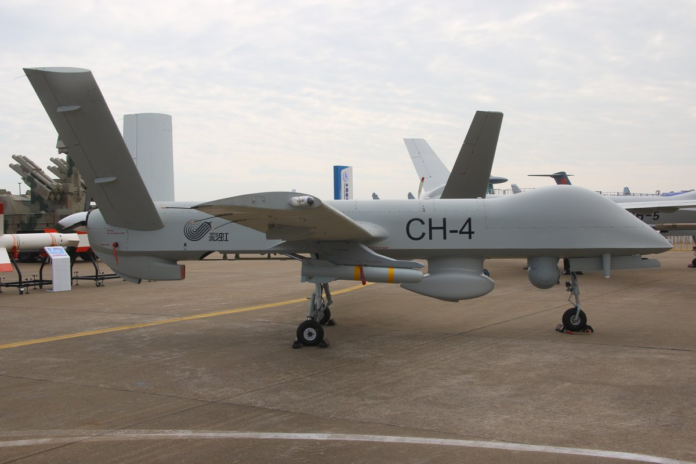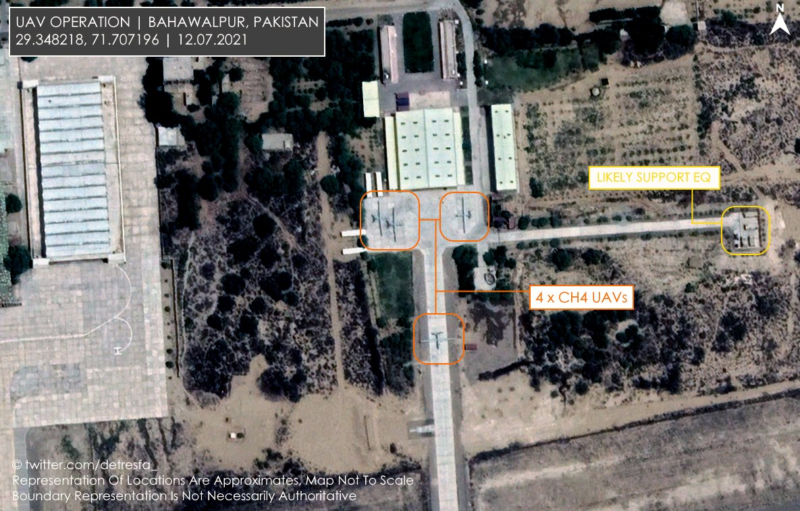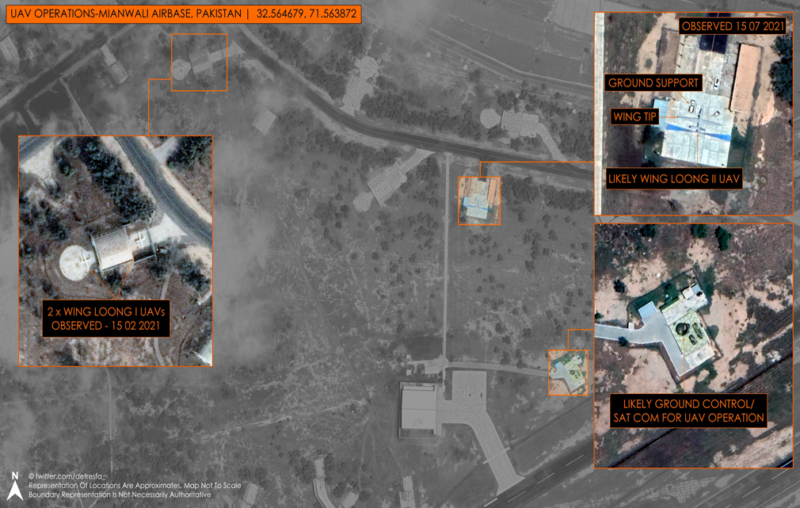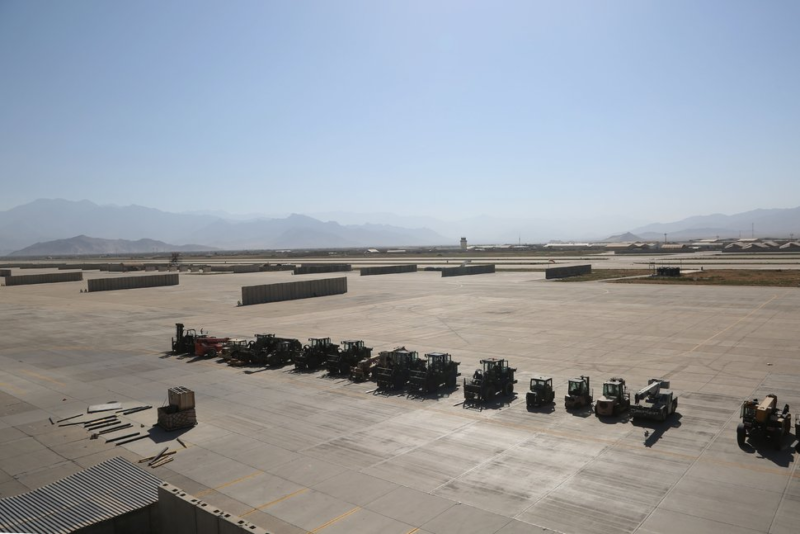By Vahram Ayvazyan
Special to the Mirror-Spectator
Following a hasty US withdrawal from Afghanistan, the Taliban took over almost the entire country in the blink of an eye. Almost all districts of Afghanistan (except Panjshir) quickly fell to the Taliban blitzkrieg as they overwhelmed the Afghan Security Forces. Over the past few weeks, scholars and diplomats have been furiously discussing exactly how the Taliban could have overwhelmed and taken over the country so quickly. The one answer that slowly begins to reveal itself is that Pakistan’s top security apparatus and Pakistan’s intelligence agency, the Inter-Services Intelligence (ISI), has greatly aided the Taliban by not only giving them a haven for the last 20 years but also allowing their country to be used as a command-and-control center and thereby allowing the Taliban to maneuver thousands of its troops and swiftly take over Afghanistan.
Recent reports have emerged that Pakistan has also been using Chinese-made drones to assist the Taliban and its offensive in Panjshir Valley, the last bastion for the forces still resisting the Taliban. Pakistani officials have also not been shy about being in favor of a globally condemned terrorist organization coming to power in Afghanistan, even though Pakistan was supposedly a great ally of the US in its two-decade war on terror. Pakistan happily accepted billions of US dollars over the years from Western countries on behalf of fighting terror but its true hypocrisy came to the forefront for the world to see when Pakistani Prime Minister Imran Khan declared that the Taliban had broken “the chains of slavery.”
According to the Council of Foreign Relation and many other sources, Pakistan has been a major source of financial and logistical support for the Taliban. Pakistan’s ISI even supported it from its inception and Pakistan providing the Taliban with a safe sanctuary is the only reason that the Taliban survived the US’ relentless war on terror for two decades. The Taliban even brazenly owns facilities/infrastructure in Pakistan and also regularly receives donations from private Pakistani players.
Given the growing pressure on Pakistan and the international community’s realization tthat it is a terror haven, Pakistan is not able to provide direct support to the Taliban as it will attract negative publicity at the global level. Pakistan must maintain some level of plausible deniability and that is why as per the latest reports, Pakistan has started using Unmanned Aerial Vehicles (UAVs) to support the Taliban while trying its best to keep its involvement hidden.












